What is the best way to do a radiant floor in an off grid house?
I am in the design process of what will be a retirement home. The property is 43 acres near Perth, Ontario. The home will tentatively be off grid. I'm thinking a solar/ wind hybrid system. I was leaning towards an air to water heat pump as the heating system, but a masonry heater as a primary when we are home. I am considering the Legalett system that you discuss in many of your articles. They have a heat exchanger that goes from liquid to their air distribution system. Would this be compatible? Are there unnecessary inefficiencies in going from air to liquid and back to air, and if so, how to remove them? Should I just go straight to hydronic with glycol and forget the Legalett air distribution part but keep the forming? I'm trying to achieve the least amount of electrical use required to make the in floor system work. Pumps vs fans, liquid vs air for heat transfer, such a complex comparison! Advice please.




















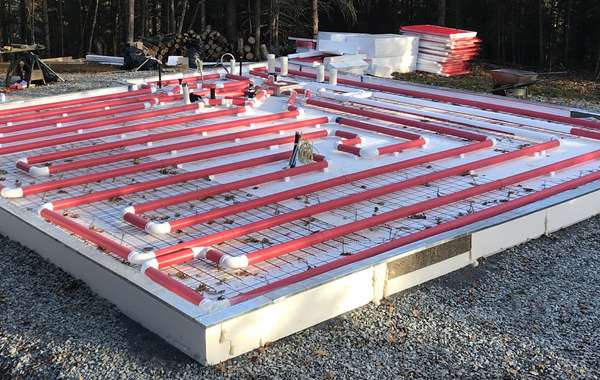

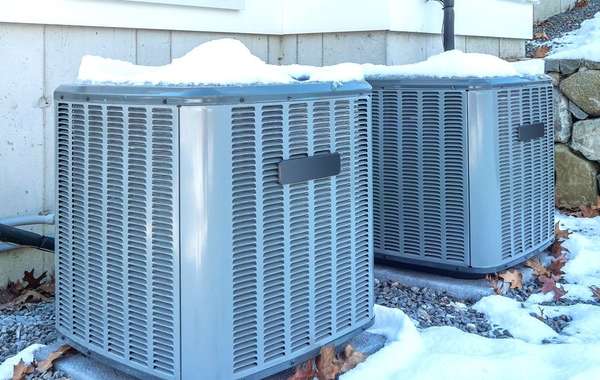
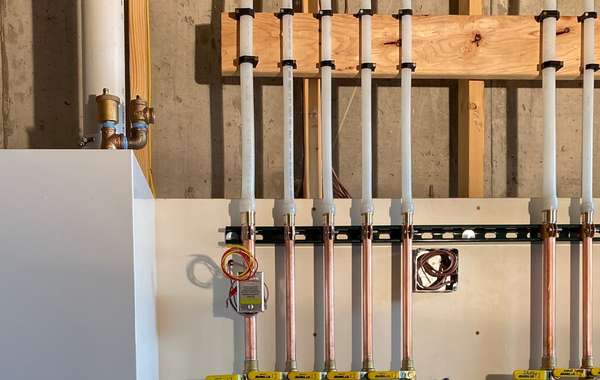
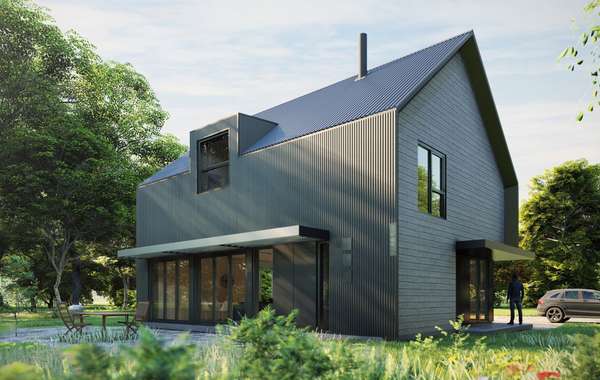
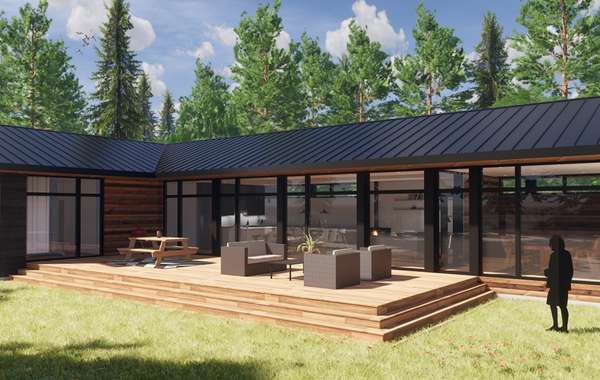
The Legalett air heated floor system can run either with electricity or gas. Gas systems have a boiler and water coil in the heater box, where electric systems have an electric coil. So as far as the Legalett system is concerned, it just needs you to provide hot water one way or another. They don’t supply boilers or other water heating equipment as part of the heating system. One option that Legalett does provide are solar panels to preheat air for the system, which can be done with gas or electric units and it may be a great solution for you in this case. See this video about it -
Solar air heated radiant floor
That Install video is from our latest demonstration house, and the solar panels are expected to contribute over 70 percent of the heat load simply by running two fans, which can be done with PV panels. Heating is the biggest hurdle with off-grid houses, other solutions are burning biomass in a wood-burning stove, a masonry heater, or even a non-electric pellet stove. But whatever you do, first minimize heat loss by building super efficient, and if possible incorporate passive solar heating. If you're considering electric radiant heat as part of your system, you might find it helpful to compare radiant floor heating vs traditional heating systems to determine which setup aligns best with your off-grid goals. As for radiant floor heating, a solar air heating panel is nothing but an empty box with a black front that you blow air through to collect solar heat, so the panels are much cheaper than photovoltaic.
The walls of the home I am planning are likely going to be ICF. Amvic has forms that give R-30. There will still need to be solar and wind in the mix to power the house , heat water and charge the Tesla. I have someone with regards to planning the solar system, but the passive solar idea has crocced my mind to reduce the size requirement of the Air to water heat pump or maybe go to a simpler thing like point of use electric water. Questions: Do you have names of Canadian companies or suppliers for passive solar heating panels? How about construction diagrams for how to tie it in to the legalett system? Thanks.
Sorry Julien, I meant Passive solar heat collection through south facing windows. As for the solar panels for the air heated floor you can find a Legalett dealer here, there are no other commercial suppliers of air heated floors anywhere in North America that we have heard of.
Great question Mike.
I am also looking to incorporate the demo home listed above but with a backup biomass heater, the masonry heaters have caught my eye.
If you could share some more of your thoughts I would be greatful to see how your going about this.
Hey Nick, just wanted to tip off Julien as I think he may be the one you are looking to follow rather than me. Hopefully he will check back in! Best of luck to you both.
Hi Nick. In the past (1997) I had built a log home and installed a Tempcast masonry heater with great results. Burnt tiny amounts of otherwise scrap wood, provided 12 hrs of heat. Friendly Fires seems to be the Canadian distributor for this once Canadian made product. Finishing is up to you. Since 1997, many options to the European design electric space heaters have come about and improved to the point of actually being viable in Canadian winters, aka air source heat pumps. With a COP of 3-4, supplemented by solar heating and better construction methods for insulation, I think sustainability and viability with photovoltaic and wind turbine electricity generation is possible. Still figuring out the total design and build processes at this point with hope to start building in the not too distant future.